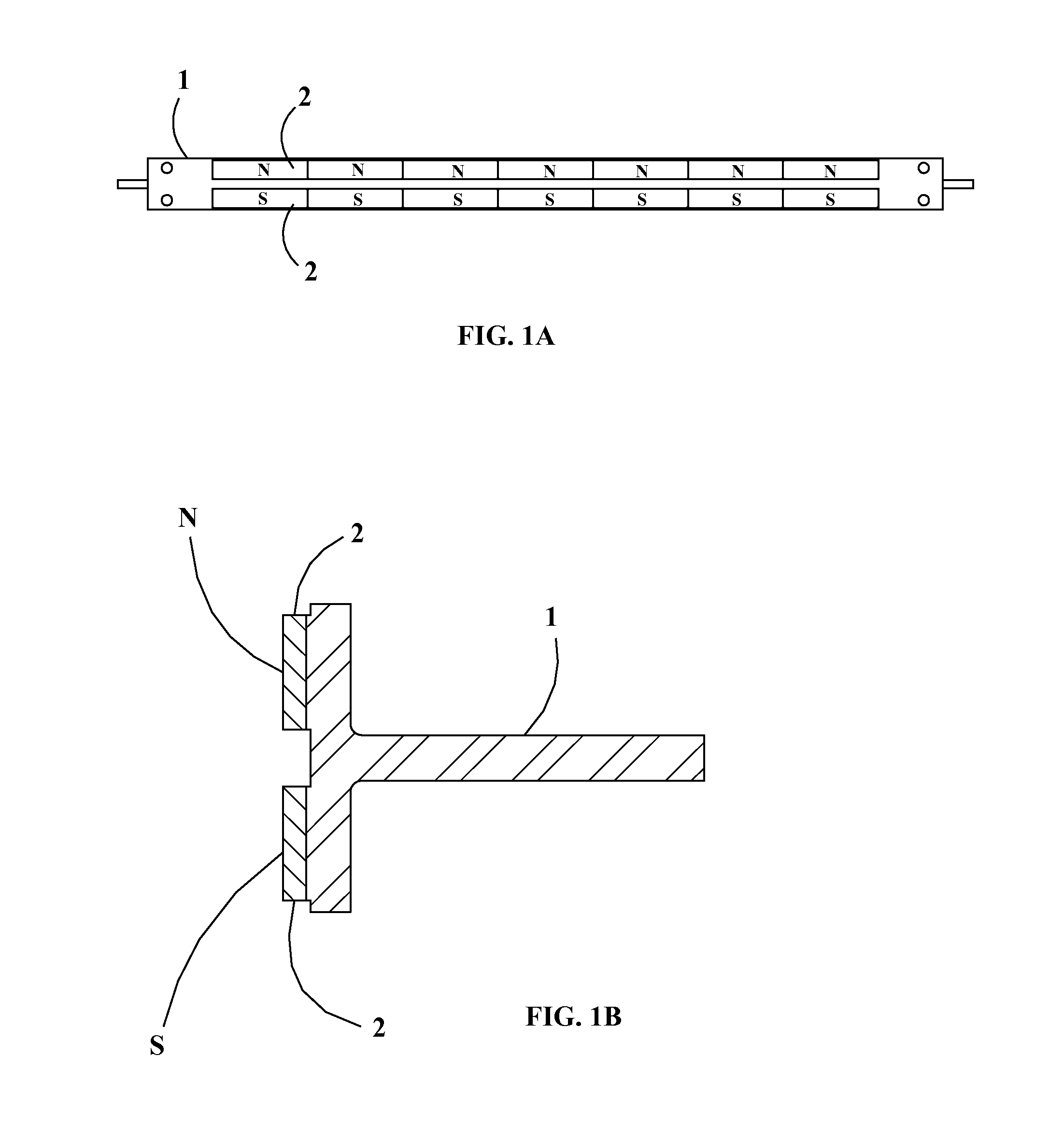High performance linear moving coil magnetic drive system
a magnetic drive system, high-performance technology, applied in the direction of transducer details, loudspeaker screens, electrical transducers, etc., can solve the problems of poor performance, limited coil size of approximately six inches, and difficult to overcome in the design, manufacturing and material of loudspeaker, etc., to achieve the effect of enhancing the magnetic interaction
- Summary
- Abstract
- Description
- Claims
- Application Information
AI Technical Summary
Benefits of technology
Problems solved by technology
Method used
Image
Examples
Embodiment Construction
[0042]The invention provides systems and methods for controlling movement of a diaphragm in a loudspeaker in accordance with aspects of the invention. Various aspects of the invention described herein may be applied to any of the particular applications set forth below or for any other types of audio systems. The invention may be applied as a standalone system or method, or as part of an integrated loudspeaker system. It shall be understood that different aspects of the invention can be appreciated individually, collectively, or in combination with each other.
[0043]A loudspeaker may include a diaphragm which may be attached to a frame under tension. Vibration of the diaphragm produces sound from the loudspeaker. A moving coil module may be suspended from the diaphragm and positioned between portions of a magnet assembly. The magnet assembly can create a magnetic field that aids in the control of movement of the moving coil module as current passes through a conductor trace of the mo...
PUM
 Login to View More
Login to View More Abstract
Description
Claims
Application Information
 Login to View More
Login to View More - R&D
- Intellectual Property
- Life Sciences
- Materials
- Tech Scout
- Unparalleled Data Quality
- Higher Quality Content
- 60% Fewer Hallucinations
Browse by: Latest US Patents, China's latest patents, Technical Efficacy Thesaurus, Application Domain, Technology Topic, Popular Technical Reports.
© 2025 PatSnap. All rights reserved.Legal|Privacy policy|Modern Slavery Act Transparency Statement|Sitemap|About US| Contact US: help@patsnap.com



